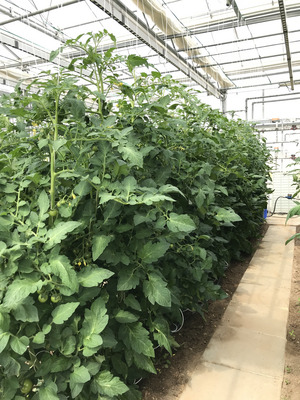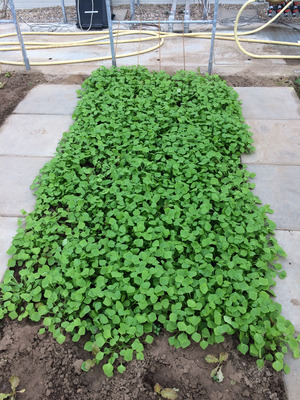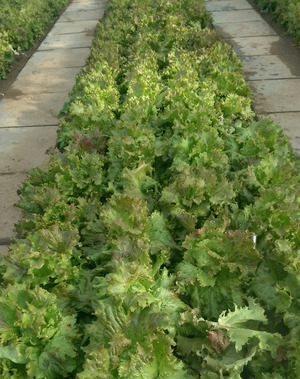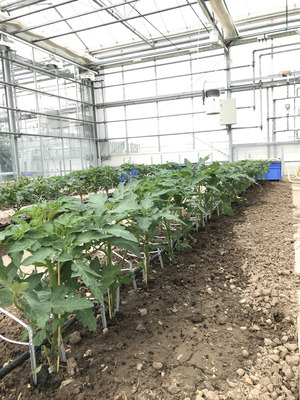Experimental Site in Denmark

Photo: Kristiansen, 2019

Photo: Kristiansen, 2018

Photo: Kristiansen, 2019

Photo: Kristiansen, 2019
Context and objectives
In Denmark, state of the art greenhouse production is heavily dependent on external inputs including energy for heating and supplementary light. Organic vegetable production in such a system does not comply with the overall aim of organic cropping and, due to the high energy costs and low light, greenhouses are often empty during winter.
At the Danish experimental site, the objectives are to:
- reduce energy consumption by combining a short tomato crop with two consecutive chilling-tolerant cash crop species in a frost-free greenhouse and
- increase the environmental sustainability and biodiversity in Danish organic greenhouse production by introducing crop diversity, agroecological service crops and flower strips
Experimental factors
We are comparing two organic production systems:
- A ‘Business as usual’ system where a 10-month tomato crop is grown in a heated greenhouse with low biodiversity.
- An innovative system where a 6-month tomato crop intercropped with pea is grown in summer followed by a winter leafy crop during winter and lettuce in spring. The greenhouse is only kept frost-free and also hosts a flower strip to increase biodiversity.
Expected outputs
- Reduced need for pest and disease control agents due to increased soil health through improved communities of soil microorganisms and nematodes and increased arthropod and weed biodiversity.
- Reduced leaching of nutrients and increased soil fertility in the innovative system.
- Life cycle assessment showing reduced environmental impact in the innovative system.
Further information
Contact
Karen Koefoed Petersen, karenk.petersen(at)food.au.dk, Aarhus University
 tap and then scroll down to the Add to Home Screen command.
tap and then scroll down to the Add to Home Screen command.